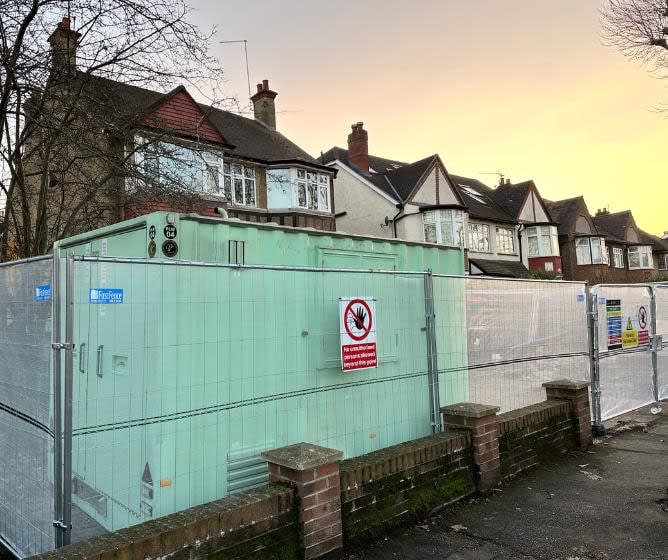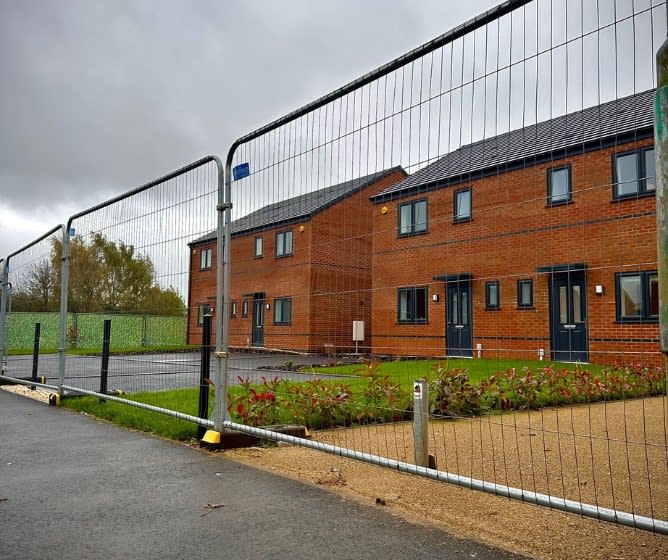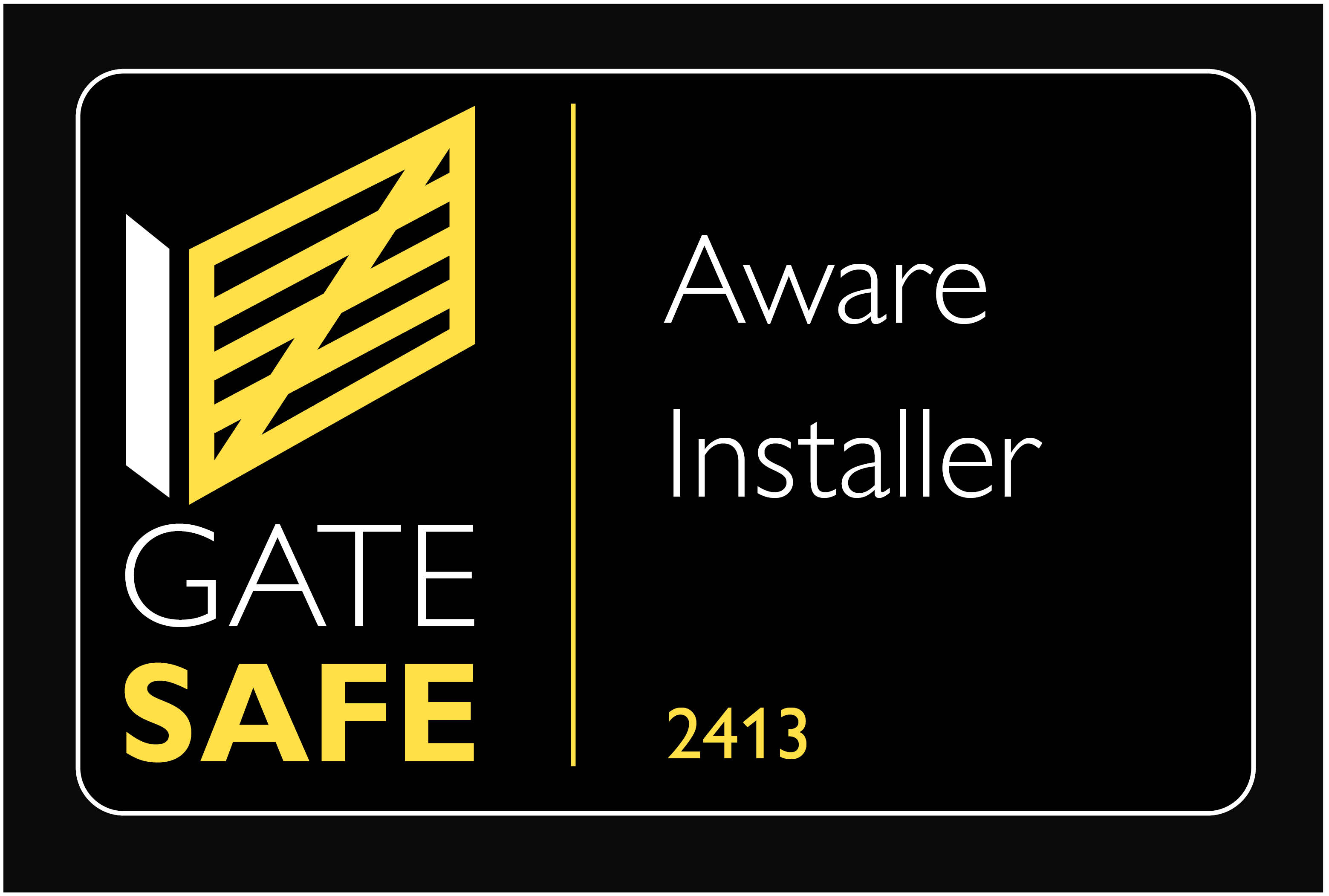Temporary works (TW) are the necessary parts of a construction project. TWs are the moving parts that come together to allow for permanent works to be completed. This can include temporary fencing, hoarding, and gates.
Temporary Works Design
What You Need to Know
A Temporary Works Design (TWD) is an engineering plan that outlines how temporary structures, such as temporary fencing, hoarding, and gates, will safely support construction activities until the permanent building is complete.
The design focuses on maintaining safety, stability, and efficiency on-site. It must take into account expected loads and be carefully managed, inspected, and checked against engineering standards to avoid failures or delays.

Book Your TWD With First Fence
Our engineers are available to survey your site and ensure your temporary fencing system is up to BS 5979 safety standards. We want to help you have a hassle-free construction, so let’s work together to make it happen!
Simply add temporary fencing and gates, RapidShield®, or steel hoarding to your basket and select the option to include a TWD.

Our Top Tips
If in doubt on whether a Temporary Works Design is required, always seek advice from a structural, civil or building engineer.
If still in doubt, contact the Health and Safety Executive to learn more about TWD requirements for small, medium and large build projects.
Check out our blog for more information.
Read our blogFrequently Asked Questions
What are temporary works?
Who is responsible for a Temporary Works Design?
The organiser of Temporary Works must identify potential risks and mitigate them through effective coordination of design, equipment selection, contractor appointments, supervision, completion checks, load approval, and removal activities. A comprehensive and systematic approach is essential to ensure safe and efficient execution.
Should a Temporary Works Coordinator be appointed?
British Standard 5979 outlines best practice for managing temporary works on medium to large projects and advises appointing a Temporary Works Coordinator (TWC). While this isn’t a legal obligation, it represents good industry practice. The responsible party must still ensure safety standards are maintained, even when a TWC is not appointed for straightforward temporary works.
Is a Temporary Works Design a legal requirement?
By law, work must be managed to protect workers and the public from unacceptable risks. On smaller or less complex projects, appointing a Temporary Works Coordinator may not be necessary, but safety must still be ensured through proper management of temporary works.
What is included in a Temporary Works Design?
When you book a TWD with First Fence, we will arrange for an engineer to survey your site and create a certificate for your works.
What is required for a Temporary Works Design?
To create a solid Temporary Works Design (TWD), you’ll need a few key pieces of information:
- Site Address: Where’s the project located? GPS coordinates are always helpful.
- System Preference: What type of system do you need: fencing, hoarding, or gates?
- Site Duration: How long will these temporary works be in place?
Nice to have:
- Ground Investigation Data: Useful for systems that need to be embedded.
- Site Layout Plan: A drawing showing where the temporary works will go on site.









